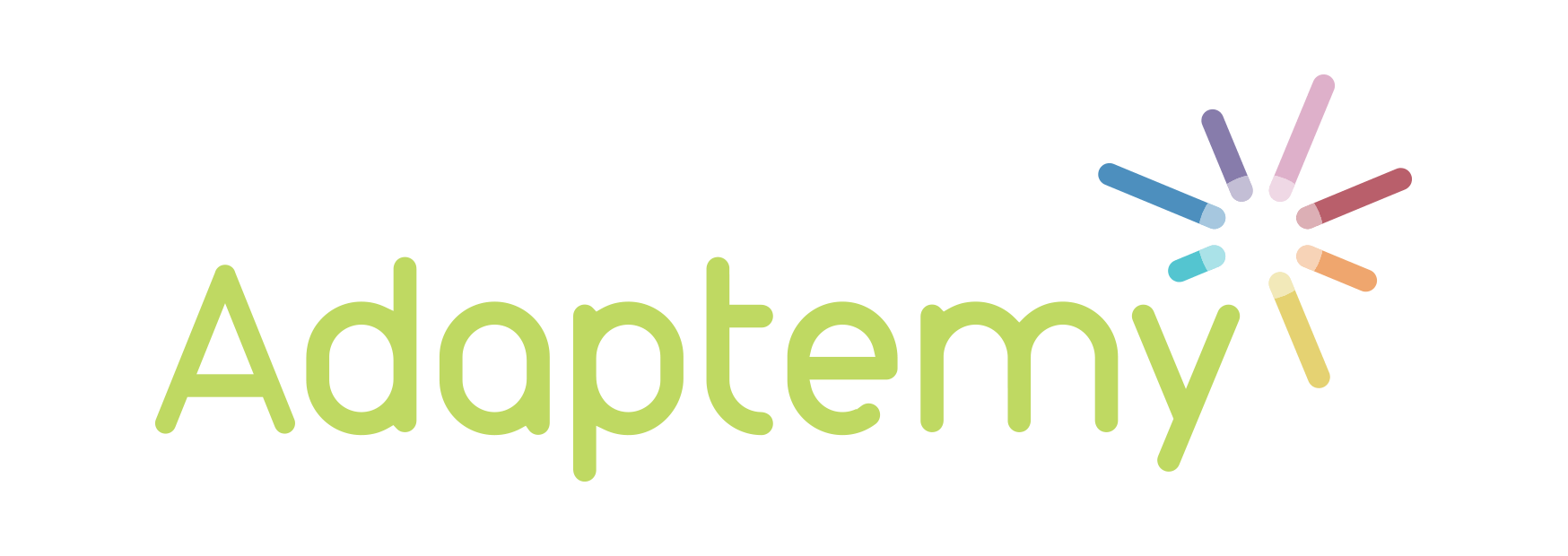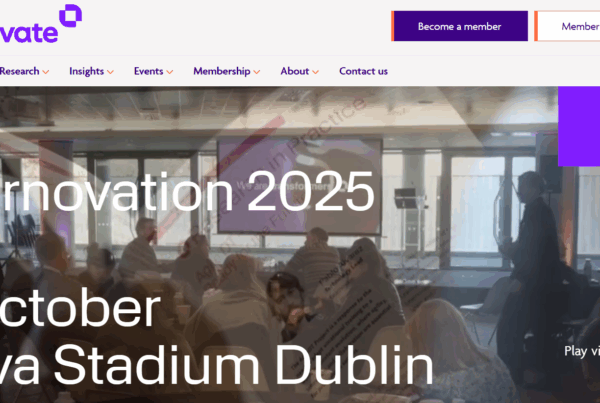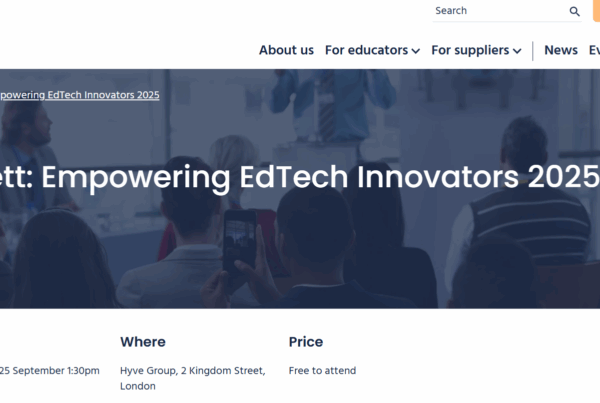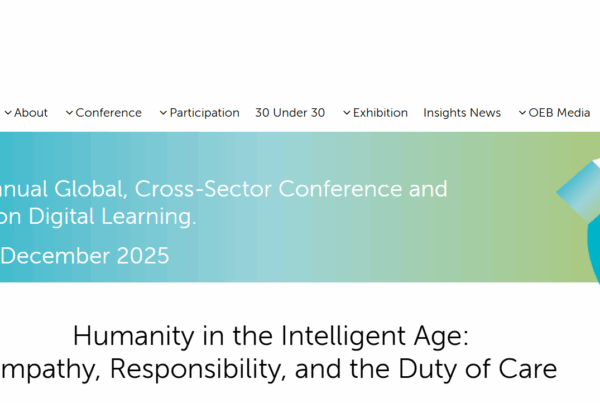
Set to attract an estimated $252 billion in investment by 2020, Educational Technology is a hot market. No longer in its infancy, investors and educational publishers alike are taking steps to get involved.
Why Drive for Digital?
The drive for digital tools is manifold, spurred on not least by a desire to serve a user base of digital natives. In addition, ever more schools have computers and broadband as standard; it’s becoming easier to introduce cloud-based solutions to the classroom.
Furthermore, educators are under increasing scrutiny to be visible, transparent and accountable. As public expectations rise and trust falls, there is a demand for truth and proof. Technology can deliver objective performance data. Teachers are better-armed when they have digital tools at their disposal.
This objectivity impacts commercial opportunities too. Technology can empower publishers with data on how a product performed and how to improve it. The feedback loop doesn’t end with, ‘the textbook didn’t sell’ or, ‘the teacher didn’t like it’. It continues with incremental changes that enhance performance and subsequently, saleability.
Creating Digital Content
Digital content differs from paper content in multiple and varying ways. The layout is different; there’s UX (user experience) to consider. The ‘digital brain’ adds another layer to this. That is, the way the brain absorbs digital information versus ‘offline’ or hard copy information.
Technology also brings interactivity to the game. Where a textbook is passive and (quite literally) flat in its engagement with you, technology can present a range of learning styles for the user to enjoy. Video and audio reign today. Virtual Reality and Augmented Reality will come to the fore tomorrow.
And, while a textbook cannot give a student feedback, technology can. And it can be more nuanced that ‘right’ or ‘wrong’ too. It can be ‘almost right’, ‘that took you a long time’, ‘it’s wrong but you learned something’ or, ‘you’re ready for a harder question now’. Adaptive learning solutions learn (just as the student does) and adapt to their user’s progress. In this way, technology is alive, and the content needs to be too.
The traditional, linear and passive path of learning falls away with technology. Here, content is cyclical and layered. Content becomes a spiral of learning, rather than a train track to the end. How can publishers adapt to this?
What do publishers need to create meaningful digital products?
Whatever digital tool a publisher may decide to use, its efficacy relies on the suitability of the content. Engaging with people who understand digital content is paramount.
A technology partner who understands learning design, curriculum design and content authoring will be able to guide a publisher’s processes, people and skills, empowering them with relevant approaches to master digital content creation.
The use of curriculum mapping tools will enable the publisher to plan and adjust its existing content to fit the new landscape. Learning experts are also required to ensure the content is culturally relevant, engaging and country-specific. These skills are often found in-house. The right technology partner will ensure the adoption of digital tools is a valuable investment for them and the business at large.
With proven edtech solutions in the field and roots in the classroom, publishing and technology, Adaptemy understands digital content. To find out how our adaptive learning solutions can help you embrace digital opportunities, please get in touch.




